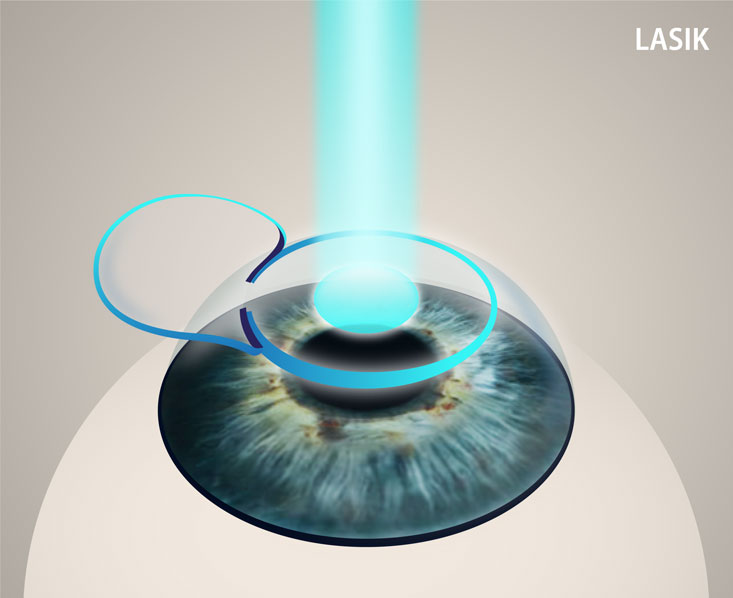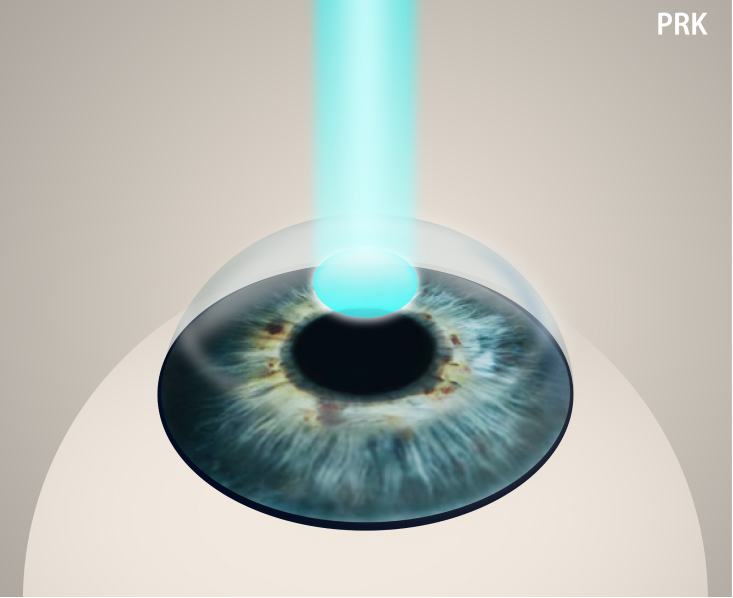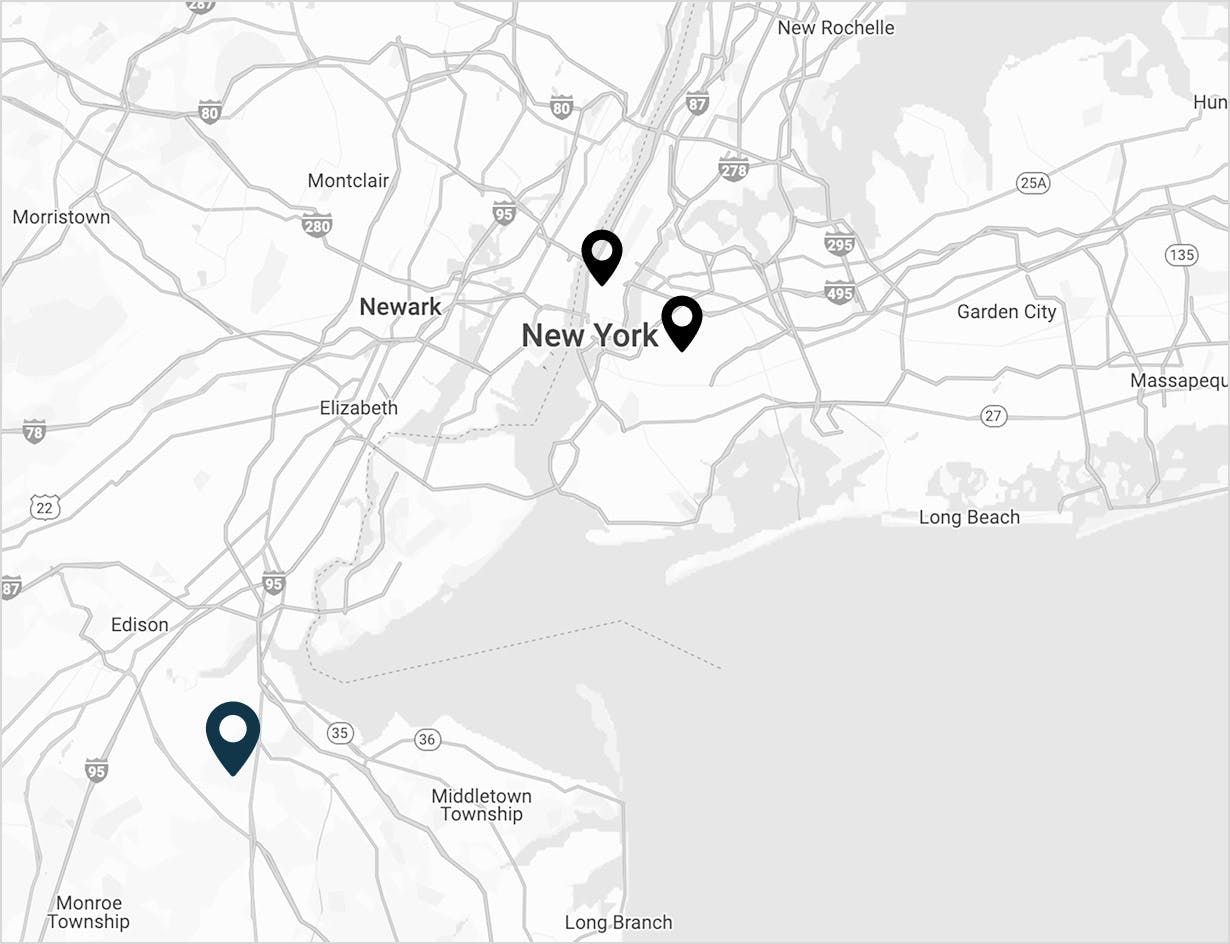Laser eye surgery that corrects nearsightedness, farsightedness, and astigmatism by reshaping the cornea
What Do I Need to Know About Photorefractive Keratectomy (PRK)?
PRK is a type of laser eye surgery that corrects nearsightedness, farsightedness, and astigmatism by reshaping the cornea. It is a minimally invasive procedure that involves removing the outer layer of the cornea, called the epithelium, and then using a laser to reshape the cornea. The outer layer typically fully regenerates in about 4-7 days.
During the procedure, the surgeon will remove the epithelium (a thin layer of tissue that covers the external surface of your cornea) from the cornea using a brush or sometimes a laser beam. In certain situations a diluted alcohol solution may also be used.
The laser will then be used to reshape the corneal surface, following a custom map created by your eye doctor and based on your individual prescription. This procedure will correct your vision according to your personal prescription.
Once the laser reshaping is complete, the epithelium will heal and re-grow over the next several days. The procedure has been successfully used since the late 1980s and has evolved over the years to become a safe and effective alternative to LASIK. Unlike LASIK, PRK does not involve creating a corneal flap, making it a good option for patients with thin corneas or other corneal conditions that would make them poor candidates for LASIK.
























